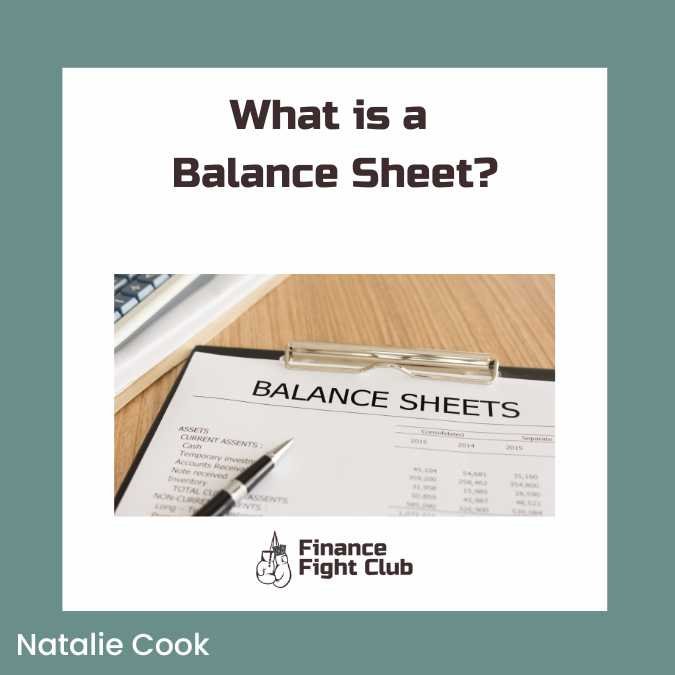What is a Balance Sheet?
What is a Balance Sheet?
A Balance Sheet is one of the most important financial statements for any business. It provides a real-time snapshot of what your business owns (assets), owes (liabilities), and the value left for owners (equity).
I like to think of it as my businesses' net worth calculator.
How to Read a Balance Sheet
A Balance Sheet is divided into three key sections:
1. Assets (What You Own)
Current Assets: Cash, accounts receivable, inventory—liquid assets available within a year.
Fixed Assets: Property, equipment, long-term investments—essential for operations.
2. Liabilities (What You Owe)
Current Liabilities: Accounts payable, short-term loans, payroll—debts due within a year.
Long-Term Liabilities: Mortgages, bonds, loans—financial obligations beyond a year.
3. Equity (Owner’s Share)
Owner’s/Shareholder Equity: The difference between assets and liabilities.
Retained Earnings: Profits reinvested into the business rather than distributed.
Key KPIs Business Owners Should Monitor
To track financial health, focus on these Key Performance Indicators (KPIs):
✅ Current Ratio = Current Assets / Current Liabilities
Why it matters: Measures short-term liquidity and ability to pay debts.
✅ Debt-to-Equity Ratio = Total Liabilities / Shareholder’s Equity
Why it matters: Shows the level of financial leverage and risk.
✅ Working Capital = Current Assets - Current Liabilities
Why it matters: Indicates whether your business has enough resources to operate.
✅ Return on Equity (ROE) = Net Income / Shareholder’s Equity
Why it matters: Measures profitability relative to owner investments.
How the Balance Sheet Connects to the P&L & Cash Flow Statement
Your Balance Sheet works in tandem with other financial reports:
📌 Profit & Loss (P&L) Connection: Profits from the P&L increase equity, while losses decrease it. Major expenses affect liabilities and asset values.
📌 Cash Flow Connection: Positive cash flow strengthens assets, while financing activities (loans, equity raises) impact liabilities and equity.
Final Thoughts: Why Your Balance Sheet Matters
Your Balance Sheet provides a financial foundation—it helps you:
✔ Assess financial stability and risk.
✔ Plan for growth and investment.
✔ Ensure your business remains financially sustainable.
If you’re unsure how to interpret your Balance Sheet, get help from a CFO or financial expert. Want more insights? Subscribe to my newsletter for expert guidance on growing a financially strong business
Want consistency and someone to ask when your balance sheet is off? Join our community
Grab out financial statement cheat sheet

